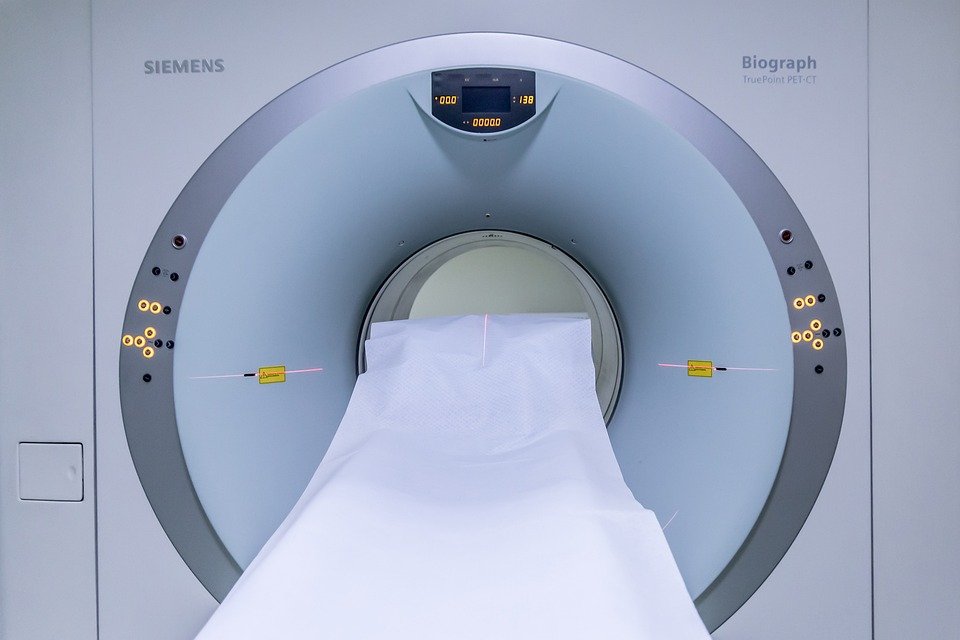 Tumors are growths of abnormal cells that can form in any part of the body. While the word “tumor” often brings to mind thoughts of cancer, not all tumors are malignant. In fact, many tumors are benign, meaning they are non-cancerous and do not pose a threat to one’s health. Understanding the importance of benign tumors is crucial for proper diagnosis and treatment.
Tumors are growths of abnormal cells that can form in any part of the body. While the word “tumor” often brings to mind thoughts of cancer, not all tumors are malignant. In fact, many tumors are benign, meaning they are non-cancerous and do not pose a threat to one’s health. Understanding the importance of benign tumors is crucial for proper diagnosis and treatment.Benign tumors are abnormal growths of cells that are not cancerous. They typically grow slowly and do not invade nearby tissues or spread to other parts of the body. While benign tumors are not cancerous, they can still cause symptoms and complications depending on their size and location. Some benign tumors may need to be removed if they are causing pain, interfering with normal bodily functions, or are at risk of becoming malignant.
One common type of benign tumor is a lipoma, which is a growth of fat cells. Lipomas are typically soft to the touch and move easily under the skin. While lipomas are usually harmless, they can be unsightly or cause discomfort if they press on nerves or blood vessels. In most cases, lipomas do not require treatment unless they are causing symptoms.
Another common type of benign tumor is a fibroadenoma, which is a non-cancerous growth in the breast tissue. Fibroadenomas are most commonly found in young women and are often painless. While fibroadenomas do not increase the risk of breast cancer, they may need to be removed if they are large or causing symptoms.
Understanding the importance of benign tumors is crucial for proper diagnosis and treatment. While benign tumors are not cancerous, they can still cause symptoms and complications depending on their size and location. It is important to have any new growths or lumps evaluated by a healthcare provider to determine if they are benign or malignant.
One of the key differences between benign and malignant tumors is their ability to spread to other parts of the body. Malignant tumors, also known as cancer, have the ability to invade nearby tissues and spread to other organs through the bloodstream or lymphatic system. Benign tumors, on the other hand, do not have the ability to invade nearby tissues or spread to other parts of the body. This is why benign tumors are often considered less serious than malignant tumors.
While benign tumors are typically non-cancerous, they can still cause symptoms and complications depending on their size and location. Some benign tumors may need to be removed if they are causing pain, interfering with normal bodily functions, or are at risk of becoming malignant. It is important to have any new growths or lumps evaluated by a healthcare provider to determine if they are benign or malignant.
In conclusion, understanding the importance of benign tumors is crucial for proper diagnosis and treatment. While benign tumors are not cancerous, they can still cause symptoms and complications depending on their size and location. It is important to have any new growths or lumps evaluated by a healthcare provider to determine if they are benign or malignant. If you have any concerns about a new growth or lump, be sure to consult with your healthcare provider for further evaluation and management.

You might be interested in learning more about different types of tumors and their characteristics. Speaking of benign tumors, you might be interested in this article on benign tumors. If you want to delve deeper into the topic of fibroadenomas in the context of breast health, you might find this article on fibroadenomas informative. Understanding these aspects further will help you grasp the importance of proper diagnosis and treatment when it comes to tumors.


